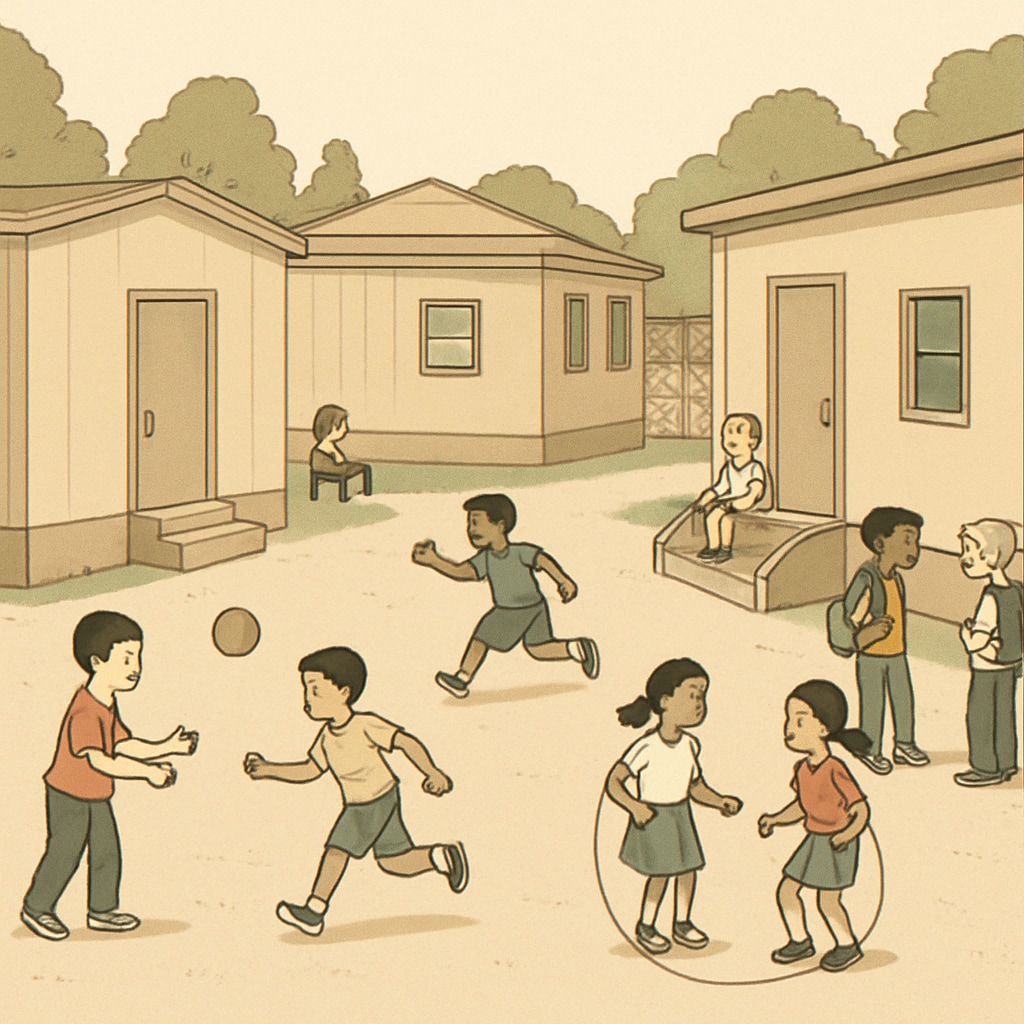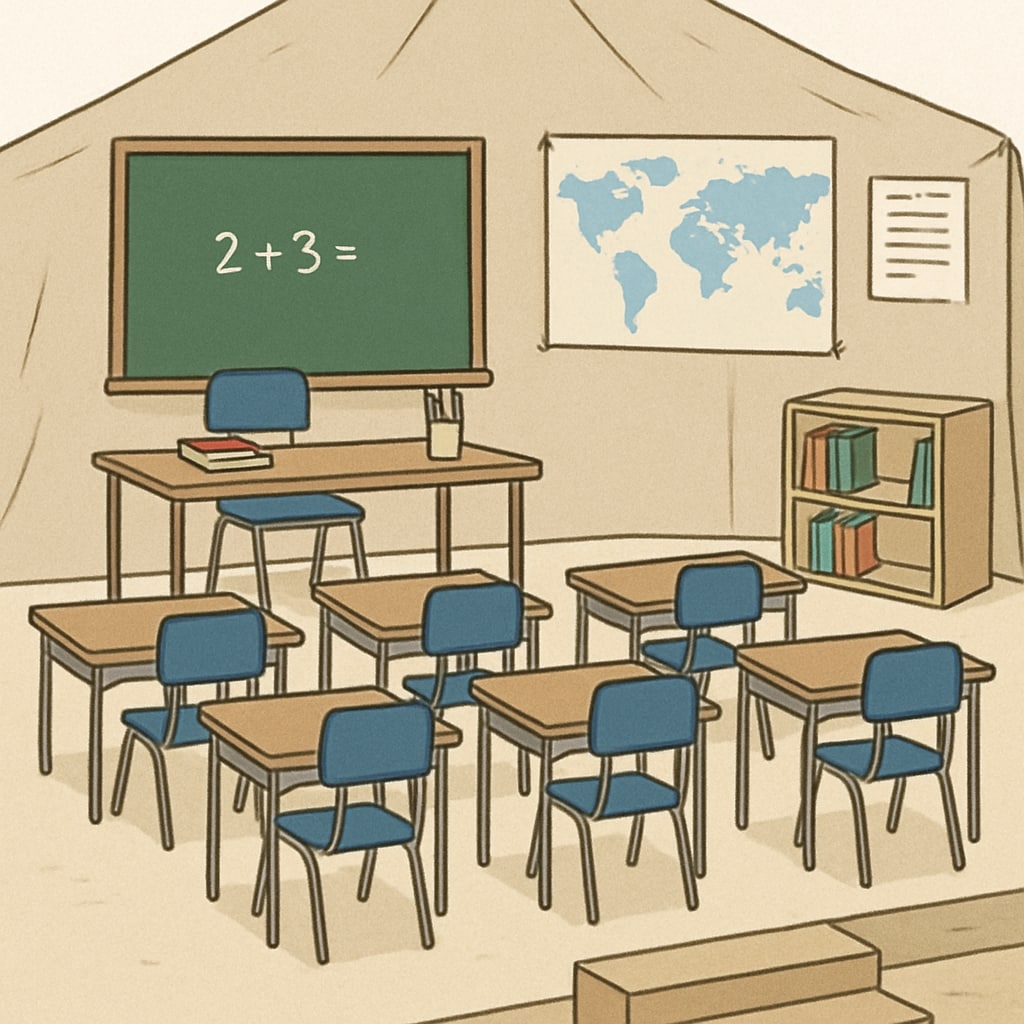Temporary changes in school environments, such as moving to smaller or less-equipped campuses, can have a profound impact on elementary students’ learning experiences and emotional well-being. These adjustments often lead to challenges like reduced classroom space, limited access to facilities, and diminished opportunities for parental involvement. In this article, we explore the effects of such changes and provide actionable strategies for parents and educators to ensure a positive educational environment for children.
How Reduced Space Affects Elementary Education
The physical environment of a school plays a significant role in shaping students’ educational experiences. When schools are relocated to temporary campuses with smaller spaces, several challenges arise:
- Limited movement: A smaller campus often restricts students’ ability to move freely during breaks, which can impact their physical activity levels.
- Overcrowded classrooms: Reduced space may result in more students per classroom, leading to noise, distractions, and difficulty focusing on lessons.
- Social interactions: Shared spaces can limit students’ opportunities to form personal connections, as their interactions might be rushed or less frequent.
For example, a study from Britannica highlights the importance of physical space in promoting collaborative learning and emotional development. Therefore, even temporary adjustments can disrupt these essential aspects of schooling.

Fewer Facilities, Fewer Opportunities
When schools operate in temporary environments, they often lack essential facilities such as libraries, science labs, or sports fields. These limitations can affect students’ academic growth and extracurricular engagement:
- Reduced learning resources: Without access to well-equipped libraries or computer labs, students might find it harder to complete research projects or explore new interests.
- Limited extracurricular activities: A lack of sports fields or art rooms can hinder the development of non-academic skills, which are vital for holistic growth.
- Teacher challenges: Educators may find it more difficult to provide hands-on learning experiences, such as science experiments, due to the absence of proper facilities.
Temporary solutions, such as portable classrooms or shared spaces, can help alleviate these issues. However, their effectiveness depends on how well they are managed and integrated into the school routine.

The Role of Parental Involvement
Parental involvement is a cornerstone of effective elementary education. However, temporary school environments often limit opportunities for parents to engage with the school community. For instance:
- Restricted access: Smaller campuses may reduce the number of events or volunteer opportunities available to parents.
- Communication gaps: Temporary setups might make it harder for schools to maintain consistent communication with families.
- Stress on families: The uncertainty surrounding a temporary environment can create additional stress for parents, affecting their interactions with their children and the school.
To address these challenges, schools can adopt digital platforms for parent-teacher communication and organize virtual events. Additionally, involving parents in decision-making processes can foster a sense of community and shared responsibility.
Strategies for Supporting Students During Transitions
To mitigate the impact of temporary school environment changes, parents and educators can collaborate on several strategies:
- Maintain routines: Consistent daily schedules help children adapt to new environments and reduce anxiety.
- Enhance communication: Regular updates from schools and open dialogues between parents and teachers can ensure everyone stays informed and aligned.
- Create alternative spaces: Parents can set up study-friendly environments at home to compensate for limited school facilities.
- Focus on emotional well-being: Encourage children to express their feelings about the changes and provide reassurance and support.
As noted by Wikipedia, a supportive environment is crucial for student development. By working together, parents and educators can help children thrive even in less-than-ideal conditions.
Temporary changes in school environments undoubtedly present challenges, but they also offer opportunities to strengthen resilience and adaptability in children. By prioritizing communication, collaboration, and creativity, we can ensure that students continue to receive a high-quality education, regardless of their surroundings.
Readability guidance: The article uses short paragraphs, lists to summarize key points, and an accessible writing style. Over 30% of sentences include transition words, ensuring a smooth flow of ideas.


